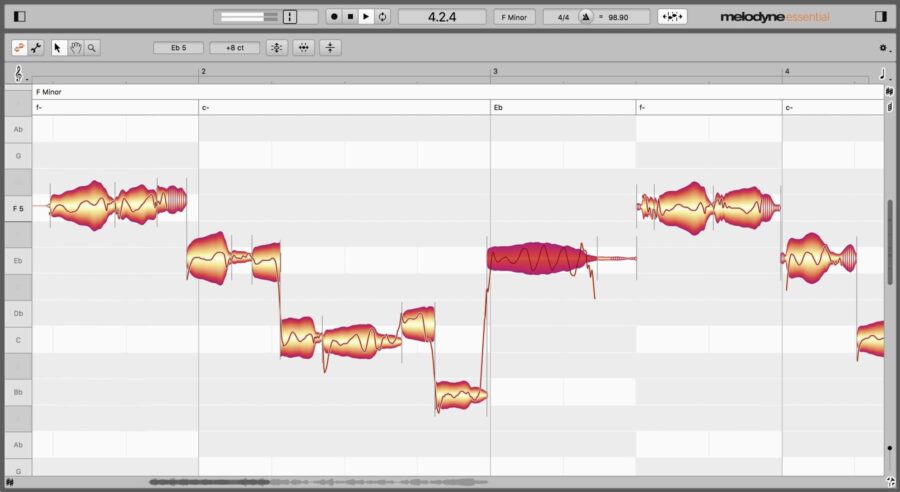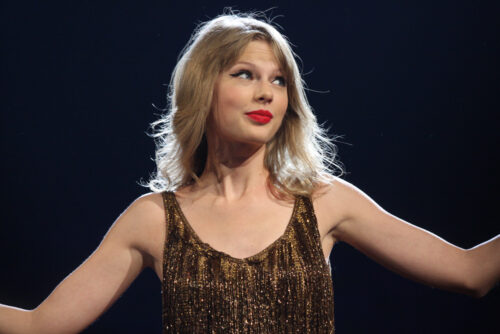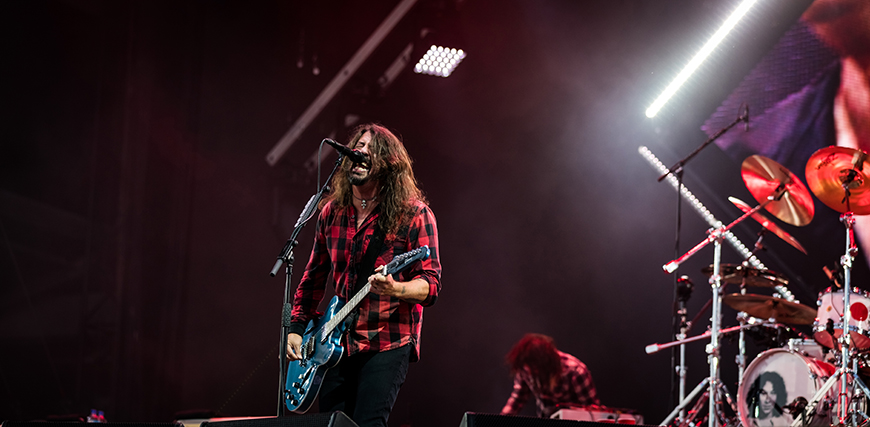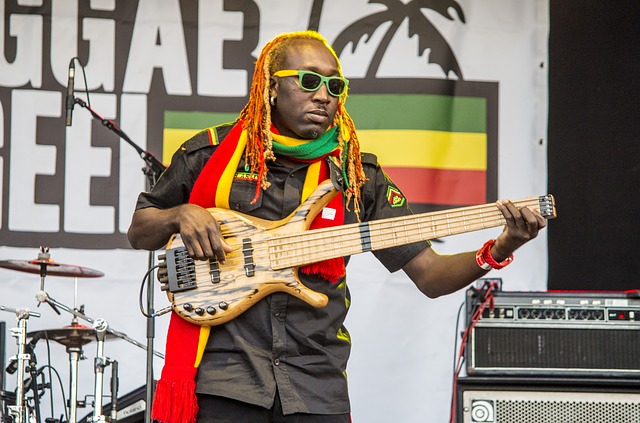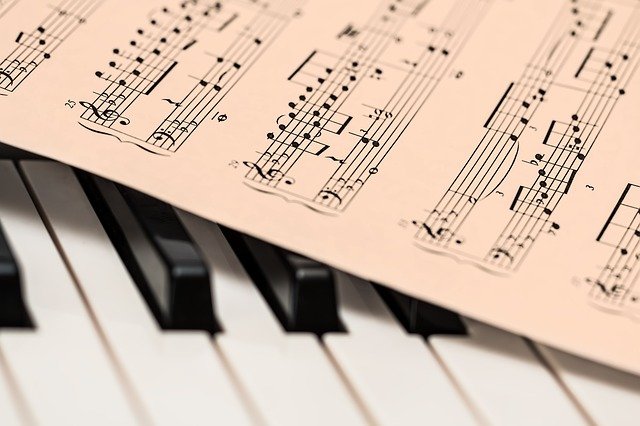The phrase “music arrangement” can mean slightly different things, depending on what style of music we are talking about. Traditionally music arrangement meant taking a music composition and allocate the notes in a way that different instruments in an orchestra can play a small part. In this sense, the music arranger needed to find which notes will be played by which instrument.
In modern popular genres, the meaning of music arrangement is slightly different. If there is an acoustic band, arranging is mostly about finding a groove for the bass guitar (rhythm and notation), finding a drum beat, finding a rhythm for the guitar, or even arranging backing vocals or a horn section for the recording.
In EDM or EDM based songs, usually, there is a “producer” who creates a “beat” and there is a “top-liner” who writes a melody on that beat. By “beat”, we mean a drumbeat, a bass line, and a chord progression.
A music composition is nothing more than the combination of a melody AND a chord progression. A music composition can be arranged in many different ways. Think about cover songs where someone performs a song in a totally different genre than the original. For example, here is my salsa version of the Police song “Every Little Thing She Does Is Magic“.
The role of the music arranger is to create the final form of the music, whether if it’s for live performance or studio recording.
Sometimes the songwriter and the arranger are not the same people. Nowadays many songwriters hire a music producer, who creates the final form of the song.
Assuming you already have a melody and a chord progression for your song, let’s see what steps you need to make to arrange your music.
Continue Reading

